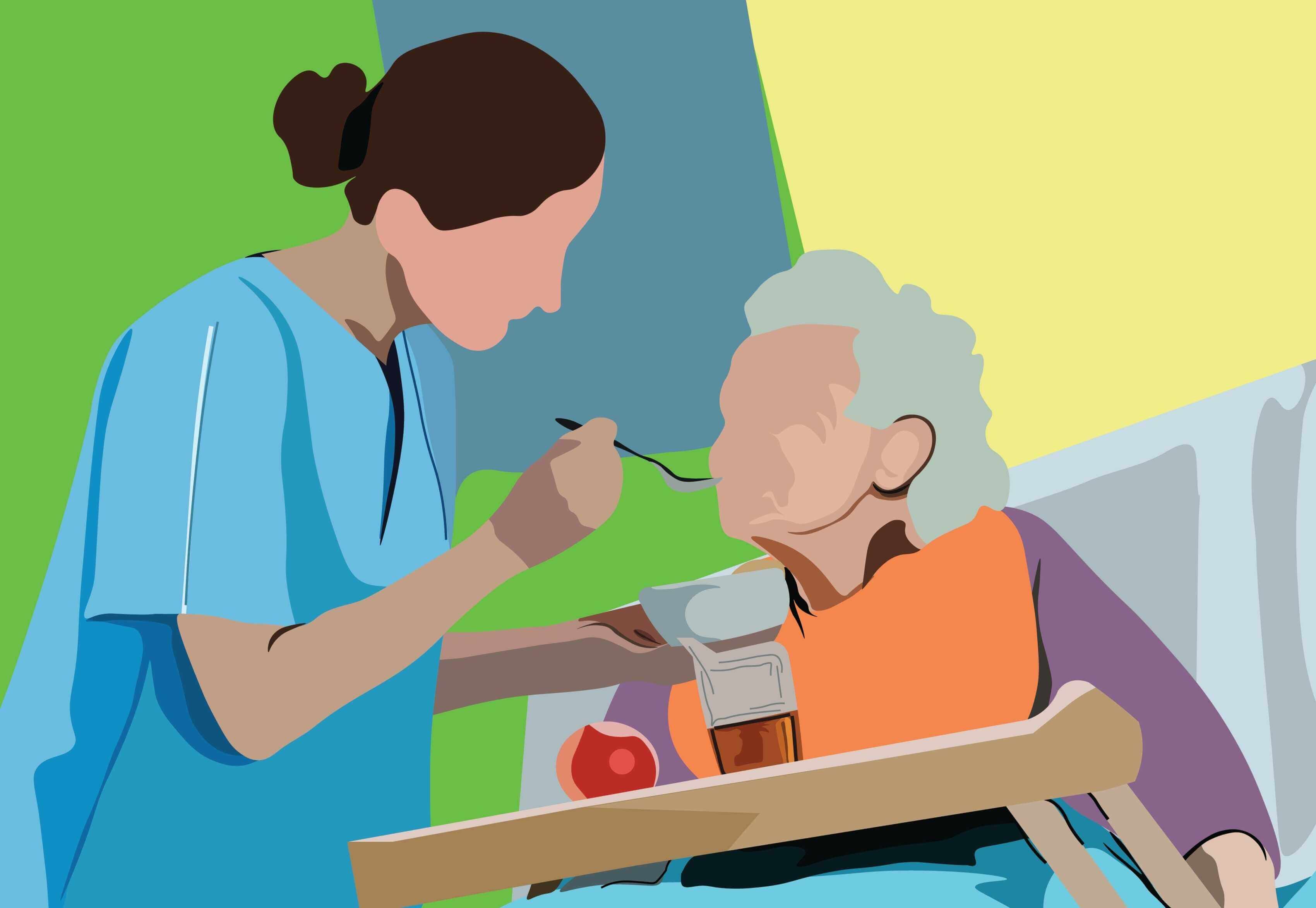Home Safety Tips To Protect Your Aging Parents

Secure rugs and cords. Throw rugs are a hazard, especially for people on walkers, as the front legs may clear the rug but the back legs get caught up. Electrical cords are another danger, he says.
Add sensor-activated lights. With age come increased chances of cataracts and increased problems seeing well under low light levels. Oden recommends installing plug-in sensor lights.
Take it slow. Keep in mind that what might look to you like minor steps to age-proof a home may strike your parents “as something bigger, like losing independence,” Oden says. “It could be very upsetting and a major obstacle for change. Have empathy, understanding and compassion.”
Professionals can help
Those who aim for more extensive and expensive remodeling can seek out a contractor designated by the National Association of Home Builders as a certified aging-in-place specialist (CAPS).
The industry group created the CAPS program to give homeowners some assurance that they are hiring a builder with knowledge about the challenges older clients can face. The aim is to reduce the risk that someone inexperienced with the needs of an older adult could create a harmful situation — grab bars improperly installed, for example.
More than 10,000 people have been certified as CAPS, and training is offered online and at dozens of locations around the country. But Dan Bawden, who helped found the program and trains peers for the certification, says that number represents a tiny fraction of the country’s contractors and remodelers.
“Having homes that are unfriendly to seniors as they get older is nothing new,” says Bawden, owner and president of Legal Eagle Contractors, a custom building and remodeling firm based in Bellaire, Texas. “In really older houses, doors are almost always too skinny.”
Modification costs range from basics, such as $650 for adding grab bars, to $3,500 to widen a doorway. To truly modify a 2,000-square-foot house not built for accessibility can be a $150,000 to $180,000 project if it includes installing additional lighting, building ramps to get inside from outdoors, widening doorways, remodeling floors without bumps and threshold changes, and redoing at least one bathroom and the kitchen, Bawden says.
Popular Products
-
 Lightweight Auto Cane Grab Handle
Lightweight Auto Cane Grab Handle$38.99$26.78 -
 Plug-in Carbon Monoxide Detector
Plug-in Carbon Monoxide Detector$57.99$39.78 -
 Universal Baby Safety Stove Knob Covers
Universal Baby Safety Stove Knob Covers$30.99$20.78 -
 King Size Bed Wedge Pillow
King Size Bed Wedge Pillow$157.99$109.78 -
 Detachable Hydraulic Patient Lift Chair
Detachable Hydraulic Patient Lift Chair$801.99$479.78